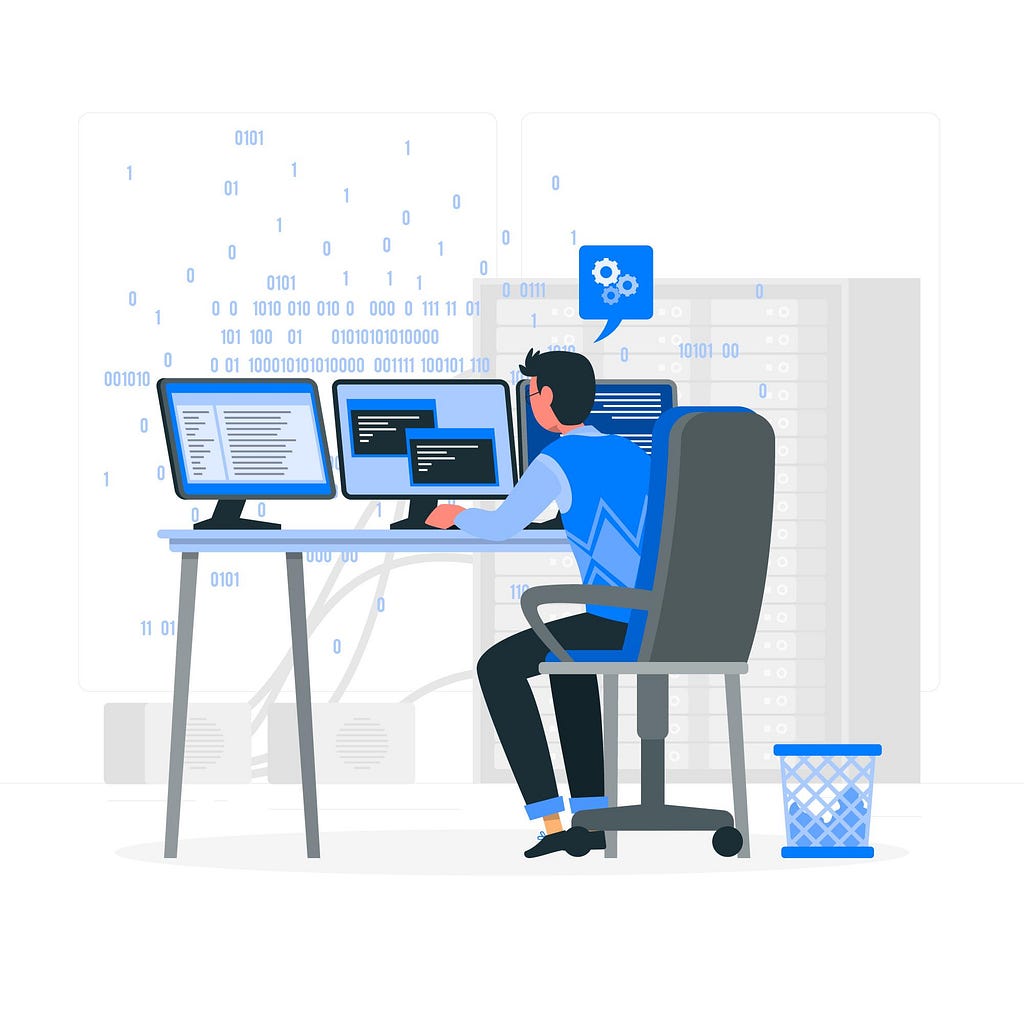This content originally appeared on Level Up Coding - Medium and was authored by Md. Kazi Shadab Anwar
It’s 2025! Are you planning to learn programming this year? Or perhaps you already know one language but want to add another to your skillset? If you’re looking for a step-by-step approach to learn a new programming language quickly and strategically, you’re in the right place!
This guide provides a topic-wise roadmap to help you master any programming language faster. The topics are ordered by priority and are applicable across all programming languages. Let’s dive in!

a) Structure and Syntax
- Understanding language-specific syntax: Learn the rules, keywords, punctuation, and indentation needed to write clear, error-free code.
- Declaring variables, constants, and data types: Understand how to create variables and constants with the appropriate data types for effective information storage and manipulation.
b) Data Types
- Primitive types: Integers, floats, strings, booleans, etc.
- Complex types: Arrays/lists, dictionaries/maps, sets, tuples.
- Type systems: Explore static vs. dynamic and strong vs. weak typing.
c) Variables and Constants
- Variable declaration and scope (local, global, block).
- Constants and immutability.
d) Input and Output
- Console input/output.
- User interaction handling.
e) Control Flow
- Conditional statements: If, else, switch.
- Loops: For, while, do-while.
f) Functions/Methods
- Defining and calling functions.
- Parameters and arguments (positional, named, default, variable-length).
- Return values.
- Recursion.
g) Data Structures
- Basic built-in data structures: Arrays/lists, stacks, queues, linked lists.
- Hash maps/dictionaries.
h) Memory Management
- Manual vs. automatic memory management (garbage collection).
- Understanding pointers/references (for relevant languages).
i) Code Organization
- Modular programming with built-in or external modules.
- Using third-party packages.
j) Object-Oriented Programming (OOP)
- Classes and objects.
- Inheritance, polymorphism, encapsulation, abstraction.
- Access modifiers (public, private, protected).
k) Error Handling
- Exception handling (try-catch or equivalent).
- Error propagation and logging.
l) File I/O
- Reading and writing files.
- Handling binary and text files.
m) Debugging and Testing
- Debugging tools and techniques.
- Writing and running unit tests.
- Using assertions and logging.
n) Libraries and Frameworks
- Importing and using libraries/modules.
- Standard library essentials (e.g., math, datetime, file handling).
o) Concurrency and Parallelism
- Threads and processes.
- Async programming (promises, coroutines, async/await).
p) Basic Networking
- HTTP requests.
- Sockets and APIs (REST basics).
By focusing on these foundational concepts, you’ll be equipped to work with almost any programming language and quickly adapt to its unique features.
What to Do Next
- Practice: Regular practice is essential to solidify these concepts.
- Specialize: If you’re learning a language for a specific job or field, such as Python for Machine Learning, explore relevant libraries like TensorFlow, NumPy, or Pandas. Build exciting projects to showcase in your portfolio or resume.
- Stay Curious: Engage with online problem-solving platforms to maintain your proficiency.
Remember, mastering the basics gives you the confidence to start, but expertise requires time, hard work, and deeper exploration of the language’s advanced features.
Share Your Thoughts
If you’ve made it this far, thank you for reading! What strategies have worked for you when learning a new programming language? Share your tips in the comments — I’d love to learn from you! ❤
Simple Strategy to Master a New Programming Language (70–80% Coverage in Less Time!) was originally published in Level Up Coding on Medium, where people are continuing the conversation by highlighting and responding to this story.
This content originally appeared on Level Up Coding - Medium and was authored by Md. Kazi Shadab Anwar
Md. Kazi Shadab Anwar | Sciencx (2025-01-15T15:14:24+00:00) Simple Strategy to Master a New Programming Language (70–80% Coverage in Less Time!). Retrieved from https://www.scien.cx/2025/01/15/simple-strategy-to-master-a-new-programming-language-70-80-coverage-in-less-time/
Please log in to upload a file.
There are no updates yet.
Click the Upload button above to add an update.
